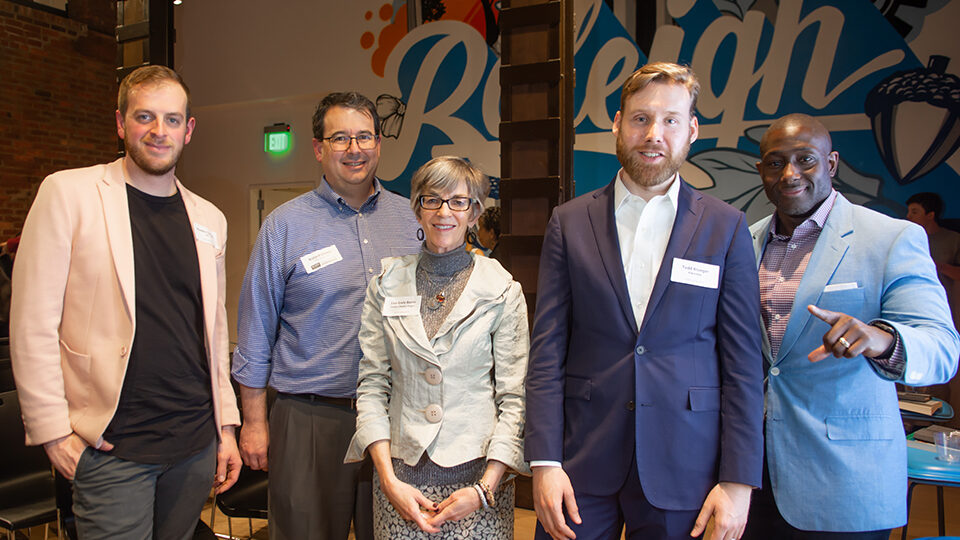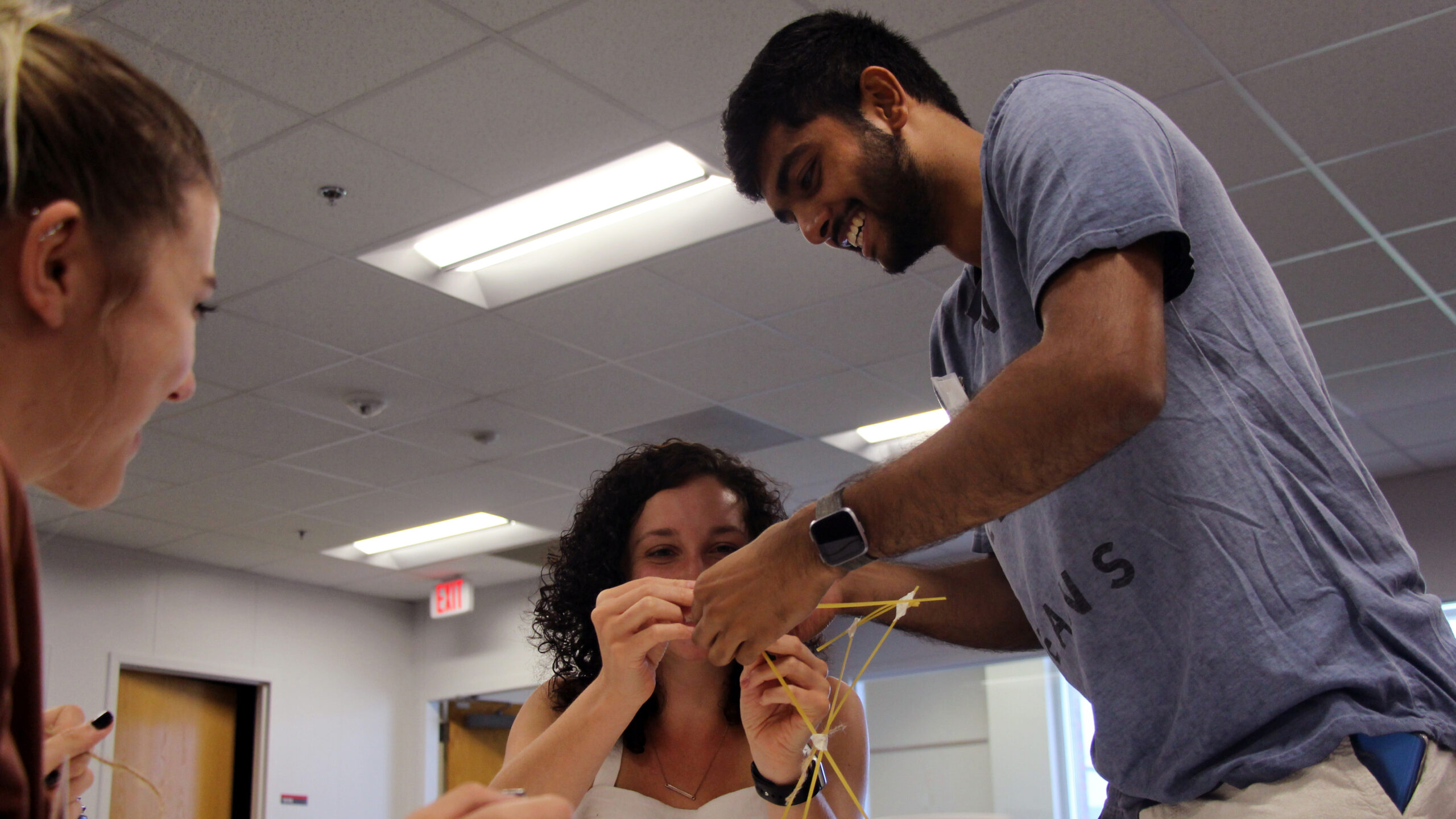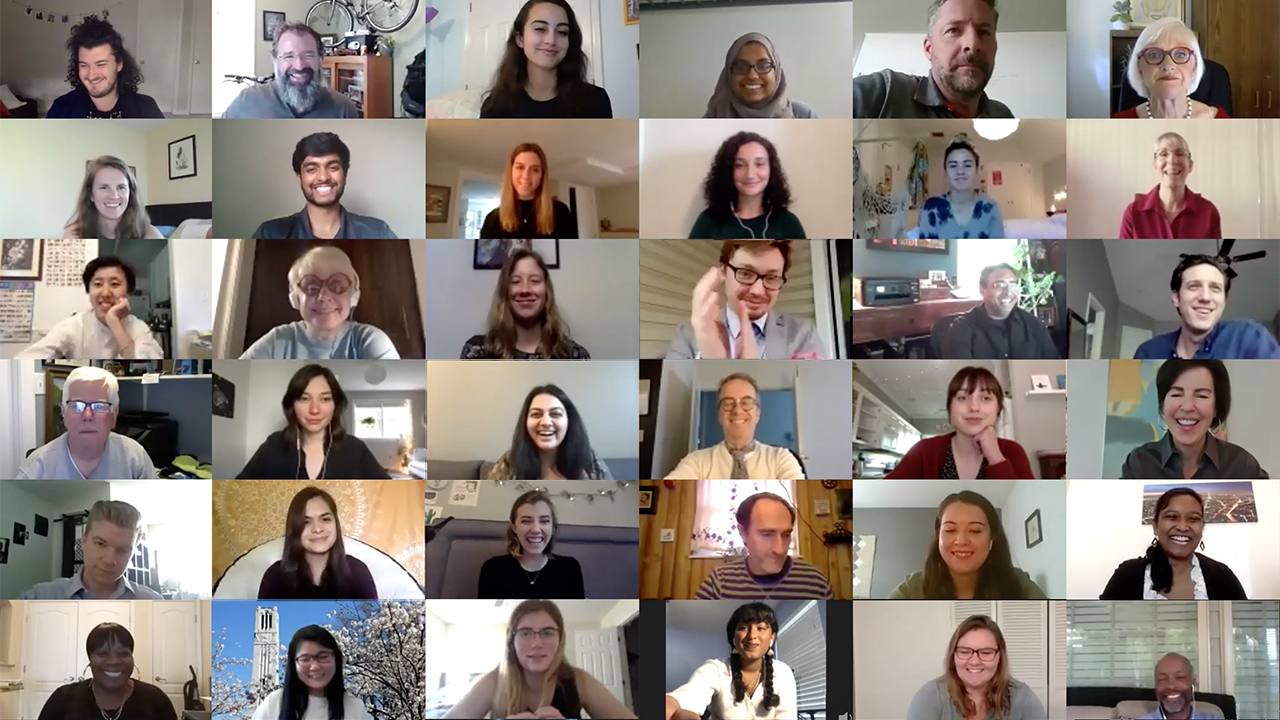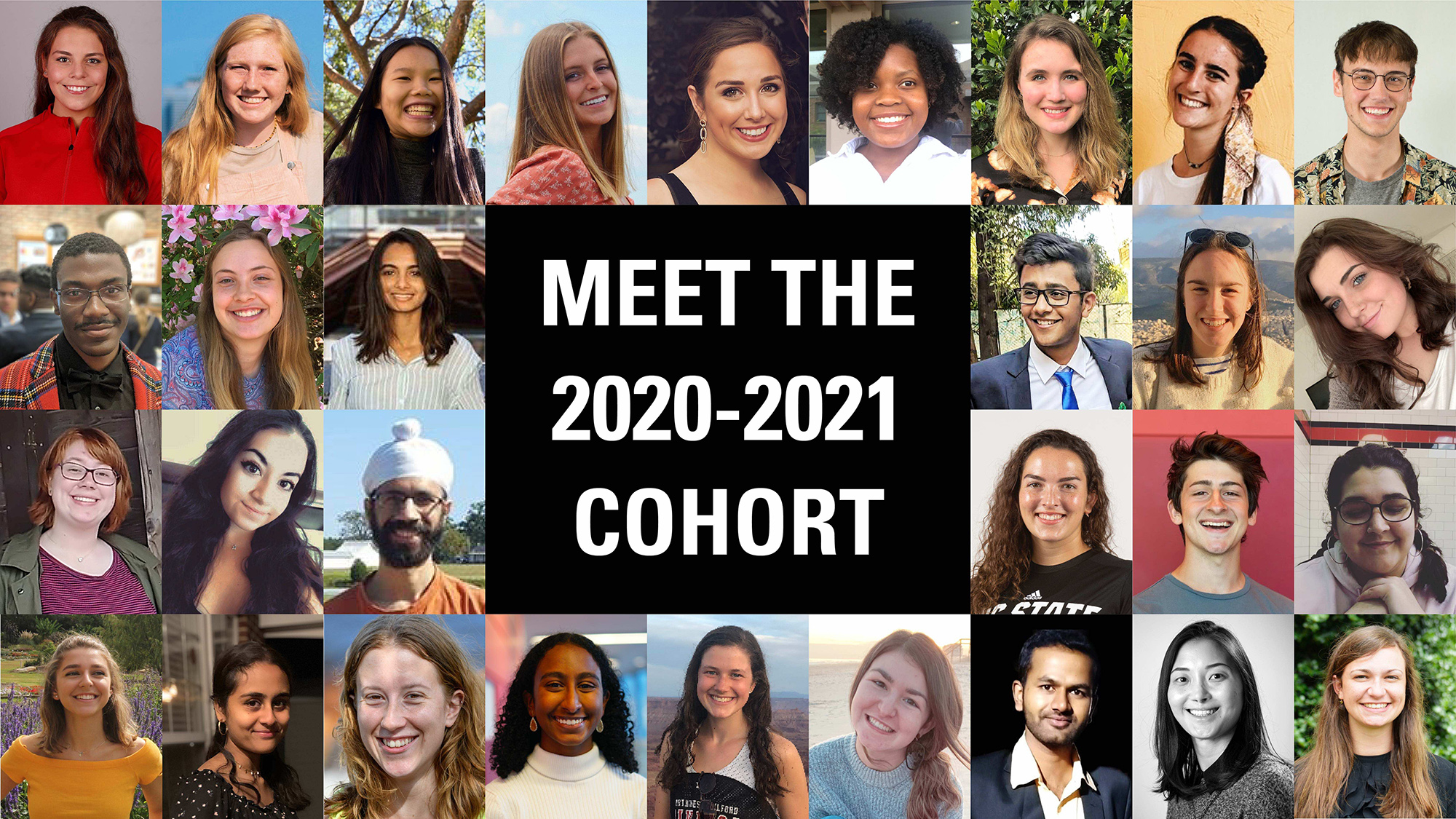Spring COMx highlights Arts Innovation, Entrepreneurship, & Sustainability

The NC State Institute for Nonprofits and the Office of Raleigh Arts hosted over 50 attendees at this Spring’s COMx event in the downtown Raleigh Google Fiber space. Dynamic arts leaders from around the Raleigh area convened together on February 28th, 2019, to discuss what sustainability means to them, and how they have captured the entrepreneurial spirit through their work with their arts organizations. These leaders came from a wide-range of organizations, such as Lisa Grele Barrie from The Justice Theatre Project, Mike Williams from Black on Black Project, Brandon Cordrey from VAE Raleigh, and Todd Kruger from Kidznotes.

During each of their presentations, the accomplished panelists shared their personal perspectives on how arts organizations have encompassed the entrepreneurial spirit through the reflection of their business decisions and strategic actions.
Lisa Grele Barrie, knows a thing or two about innovation in the arts sector. After serving 10 years as the Development Director with the NC Theatre, she helped build Grounded LGB, LLC. Now working as a consultant for the Justice Theater Project, she is also a volunteer team mentor for the NC State Social Innovation Fellows. In her assessment of achieving sustainable organizational growth in the nonprofit sector, Lisa detailed a 6-tier capacity-building framework that addresses the gaps that currently exist in nonprofit organizations. The 6-tiers includes having a specific mission, vision, and strategy, balanced leadership and governance, having measures in place for program delivery and impact, building strategic relationships with the surrounding communities, devising steps for resource development and lastly building a thriving organizational culture. She expanded upon her explanation by bringing into attention a recent decision the Justice Theater Project made in reassessing their membership model in order to increase their cash flow and deepen the breadth of annual revenue and membership commitment. The goal was to broaden the sources of portfolio funding to include more individual and corporate gifts to become more sustainable. Her statements reinforced the concept of how the funding an organization is an important aspect of how effective and efficient an organization can be at achieving their stated mission.

Mike Williams from the Black on Black Project explained why he chose to form his organization as a subsidiary to VAE Raleigh as opposed to forming an independent arts organization. He argued that the organizational structure and position of the Black on Black Project was a strategic decision. For Black on Black Project, the greater need for the organization is to capture the targeted audience, instead of allocating resources to fundraising and administrative duties required of a traditional nonprofit organization. Concluding his presentation, Mike added that it is imperative for nonprofits to assess their level of pacing required for the immediate needs of the organization that they are attempting to achieve. By assessing that, organizations can then strategize their next moves and decisions to address their immediate needs.
Todd Kruger from Kidznotes expanded on Williams’ point of pacing, but added that efficiency enables growth and sustainability, so organizations must constantly make sure that the right people are in the right positions in order to capitalize and maximize everyone’s capabilities and the organization’s capacity. Based on his experience with Kidznotes, Kruger explained that if any sacrifices are having to be made in any part of an organization’s programmatic features and content to accommodate the growth, then it may mean that the organization is growing too fast. He summed up his point by concluding that rapid growth is a good problem to have, but it’s easy to lose sight of what the most important thing about your organization is if an organization is just growing for the sake of growth.
On the flip side, Brandon Cordrey from VAE Raleigh acknowledged how organizations like VAE Raleigh are on trend in the field to recognize “not non-profit organizations”– establishments that have a mission and purpose, but aren’t 501(c) 3 organization. He described how after 35 years VAE Raleigh shifted their sole focus from their own administrative concerns in keeping the organization afloat to aiding other budding organizations and individuals with their concerns. As a result, VAE Raleigh now has 8 projects, 1 individual artist, and a non-incorporated arts collective that they are assisting in training and teaching. This newly incorporated plan has helped those respective subsidiary organizations and projects in pacing themselves in the business while retaining focus on the original intent that inspired them to start their projects in the first place.
Towards the end of the panel discussion, the audience participated in a Q&A, asking the panelists about various challenges and successes they have faced during their tenure at respective organizations. The COMx event helped highlight the existing differences and similarities in approaches of innovations, sustainability and techniques in various disciplines of art communities.
- Categories:


